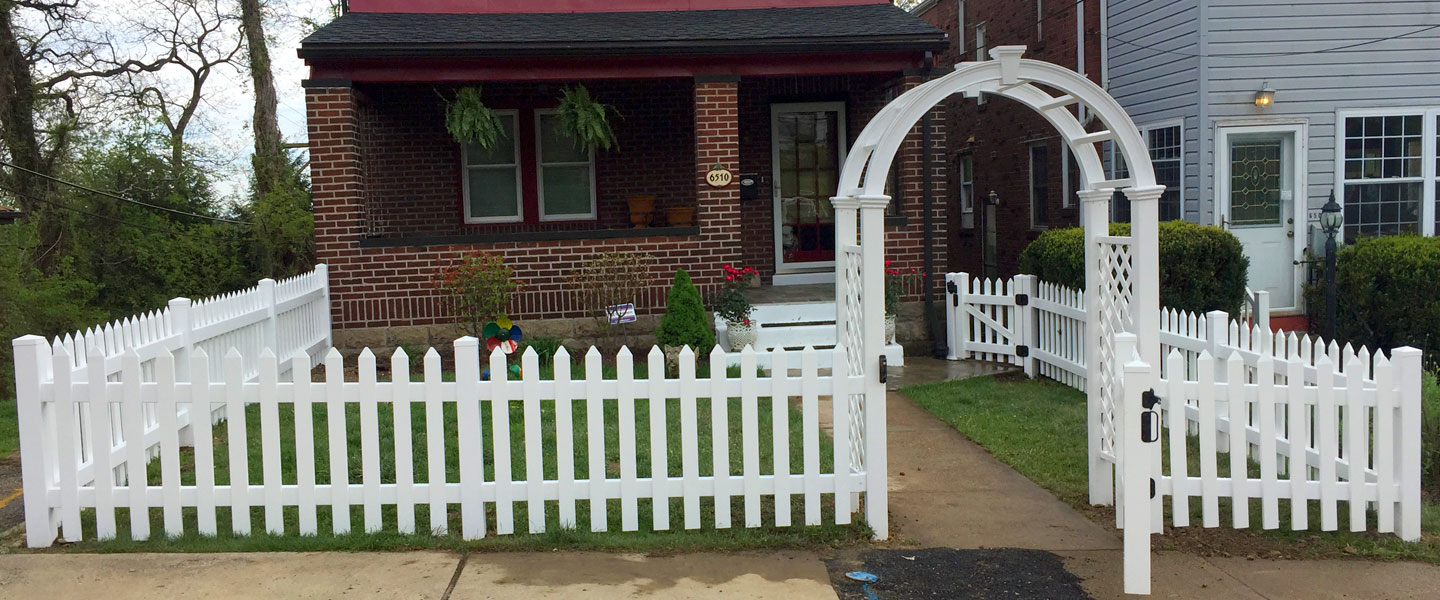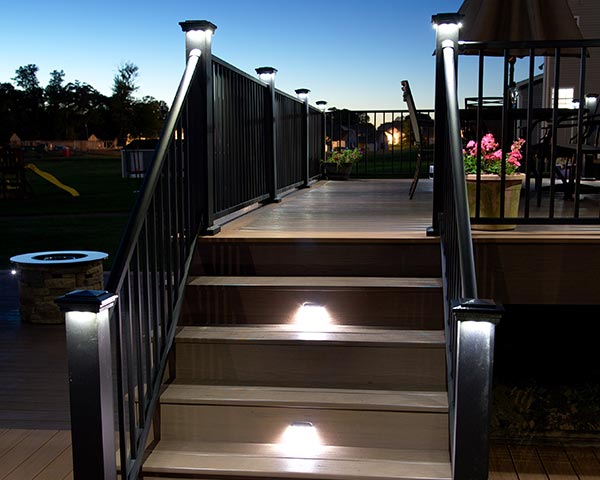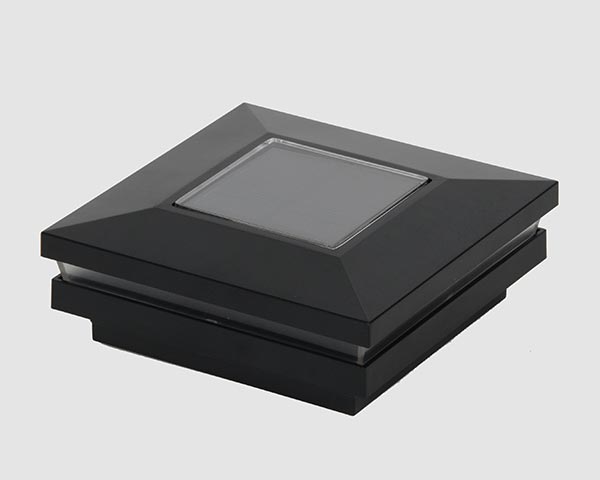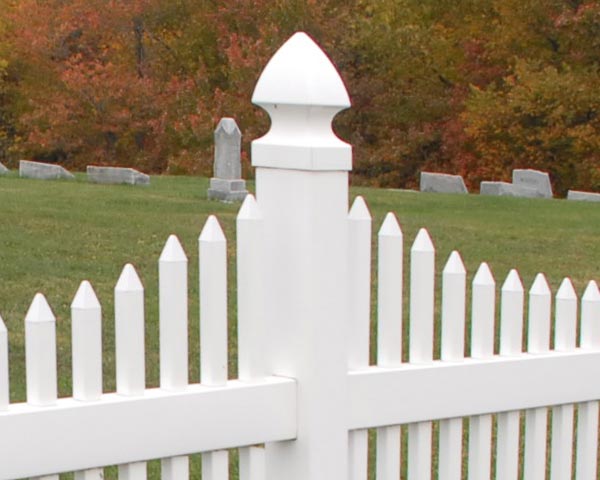-
CART
0
Shopping Cart
HOW TO INSTALL VINYL FENCE
Are you planning a do-it-yourself fence installation? We have an Online Fence Estimator, which helps you design your fence and estimate your costs. Penn Fencing can also assist you by phone in designing your fence or drawing your plan. Our experts will inspect all fencing orders before they ship to make sure you've ordered what you need.
Please don't hesitate to call or contact us:
1-888-728-4695
CONTACT US >
Below are some helpful instructions for designing and purchasing fence materials. These instructions pertain to vinyl fencing, but you can apply the same procedure when buying any other type of fence.
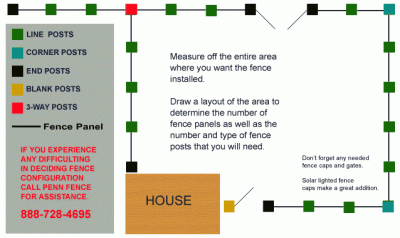
VINYL FENCE DESIGN STEPS
- Go to our Online Fence Estimator.
- Or create a drawing similar to the example. Measure off the entire area and draw a layout. In some instances, your fence sections will vary. Vinyl fence is easily cut to size and some of Penn Fencing's vinyl fence sections come in longer lengths.
- Select your desired fence style by browsing our online store. Fence posts are typically set at 6' or 8' centers. You will find all of our fence styles are available online in both 6' and 8' sizes. Custom sizes are available, just call 888-728-4695 and speak with a Penn Fencing Customer Service Representative.
- Determine the number and sizes of fence panels as well as the number and type of fence posts you will need from the layout of your area. Don't forget post caps and gates. These are listed along with the fence panels.
FIVE BASIC FENCE POST STYLES
- Line post for use when there will be a fence panel passing straight through each side.
- Corner post for use when there is a corner.
- End posts for use when there is a t-type configuration.
- 3-Way Posts are used when your fence is spreading in two directions and there is a need for a T type configuration.
- Blank Posts are typically used with gate installation or free standing post.
FENCE INSTALLATION
Fences can be easily installed with a little forethought and planning. Get these tools before you begin your fence project.
Fence Building Tools
- String line
- Stakes
- Sledgehammer
- Post hole digger (manual or gasoline powered)
- Spade bar
- Wheel barrow
- Level
- Spade
- Shovel and hammer
Marking the Fence Line
If you are installing your fence along your property line, you should be certain where your property line is located. Usually it is wise to move in a short distance off the line to insure your fence is definitely on your property. Check with your local code official to determine what the minimum distance between fence and property line is in your municipality. Drive your stakes in the ground to mark your line. Stretch your string line from stake to stake about 6" above the ground level. Mark your first hole and dig the hole to the proper depth.
Installing Fence Posts
Posts can be anchored into the ground in different ways. Concrete, either wet or dry, can be used. Gravel can be also tamped around a post to create a solid footer. Install your first post either as an end or corner post. Mark and dig your next post at the proper interval. Repeat this procedure until you get all your posts set at proper intervals and heights. Next install your fence according to the type of fence you have chosen. The last thing is to install your gate according to the opening you have provided.
Gate Installation
Gate hardware varies according to the fence style you have installed.
For instance, all vinyl and aluminum fences should use non-corrosive hinges and latches.
Materials used for these latches are stainless steel, polyethylene, aluminum castings and vinyl.
Pool gates usually require self-closing and self latching hinges and latches.
Your local building code will inform you as to what type of hardware and fence you will be required to have.
Chain link, wood and farm gates usually require either powder-coated steel
or galvanized steel hardware. If you need help or have questions on your installation,
we will be glad to answer any questions you have.
FINISH POSTS WITH DECORATIVE POST CAPS
Penn Fencing offers a variety of post caps.
Check out our line of solar post cap lights. Ideal for accenting your property and especially terrific for those areas of your home that you would like to light for safety.

